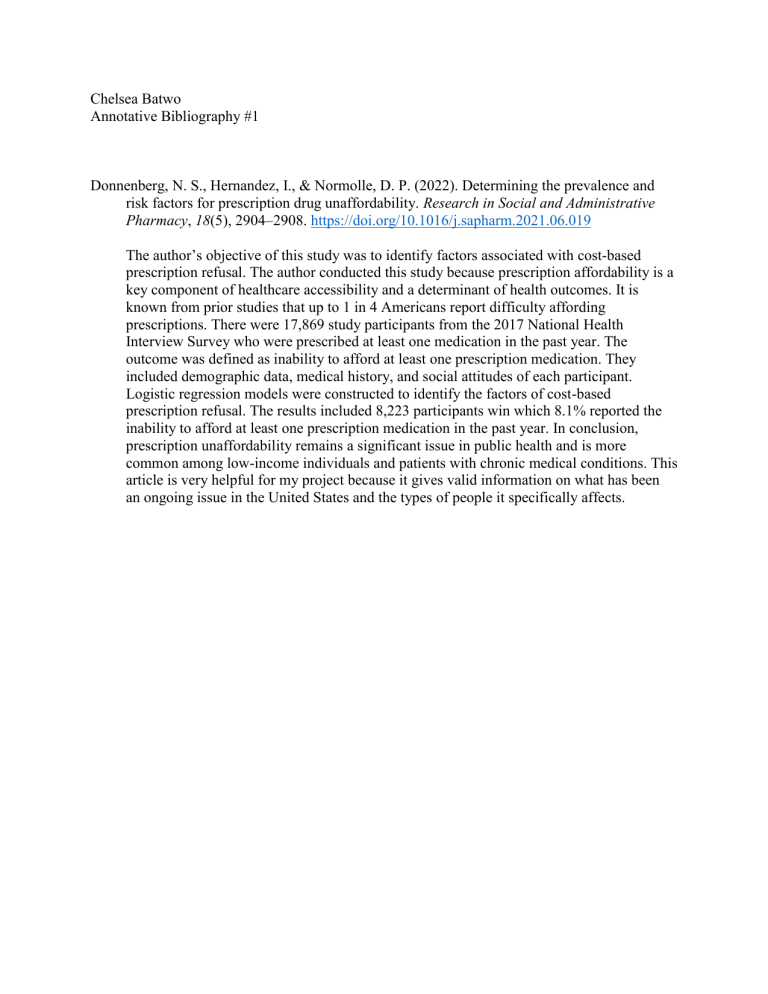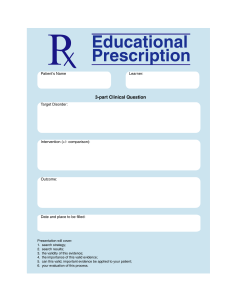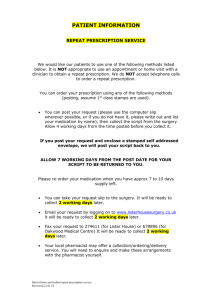
Chelsea Batwo Annotative Bibliography #1 Donnenberg, N. S., Hernandez, I., & Normolle, D. P. (2022). Determining the prevalence and risk factors for prescription drug unaffordability. Research in Social and Administrative Pharmacy, 18(5), 2904–2908. https://doi.org/10.1016/j.sapharm.2021.06.019 The author’s objective of this study was to identify factors associated with cost-based prescription refusal. The author conducted this study because prescription affordability is a key component of healthcare accessibility and a determinant of health outcomes. It is known from prior studies that up to 1 in 4 Americans report difficulty affording prescriptions. There were 17,869 study participants from the 2017 National Health Interview Survey who were prescribed at least one medication in the past year. The outcome was defined as inability to afford at least one prescription medication. They included demographic data, medical history, and social attitudes of each participant. Logistic regression models were constructed to identify the factors of cost-based prescription refusal. The results included 8,223 participants win which 8.1% reported the inability to afford at least one prescription medication in the past year. In conclusion, prescription unaffordability remains a significant issue in public health and is more common among low-income individuals and patients with chronic medical conditions. This article is very helpful for my project because it gives valid information on what has been an ongoing issue in the United States and the types of people it specifically affects.






